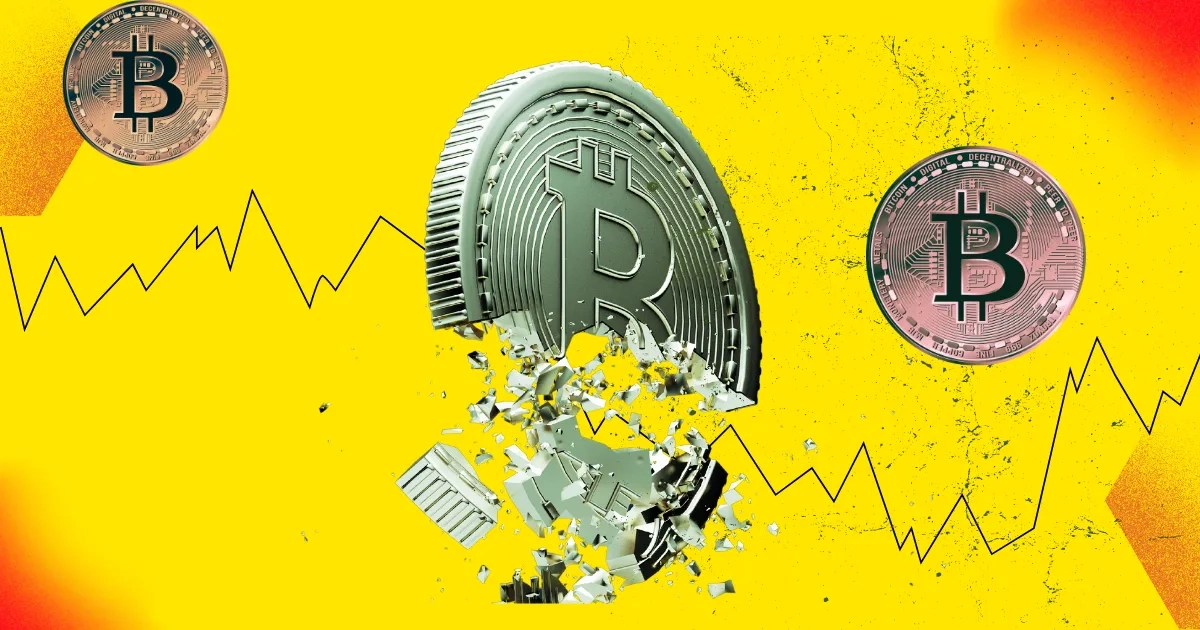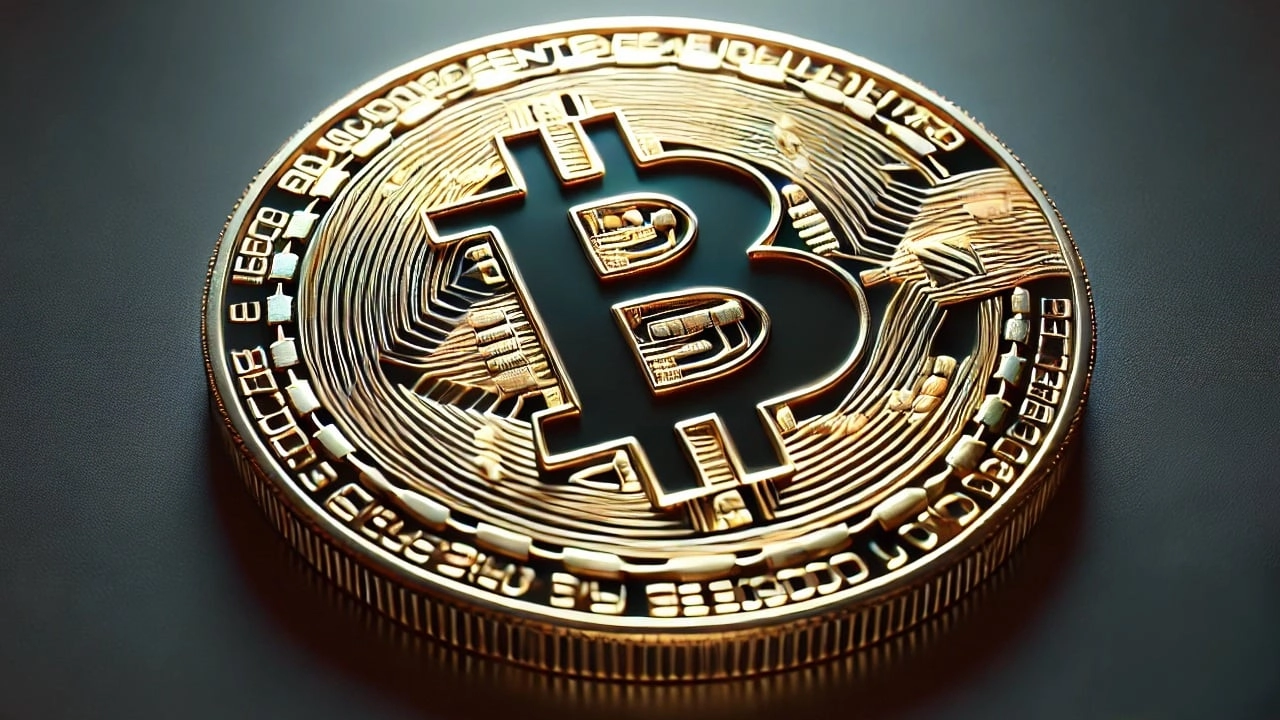Why Do 2,620 Layer 1s and 2s Exist? Explained Simply

At present, we observe 2,620 active Layer 1s and Layer 2s connecting different protocols. What is the rationale behind maintaining so many? Let’s explore.
There are thousands of Layer 1 blockchains, but only a few matter.
What is a Layer 1 blockchain?
A blockchain network begins with Layer 1, which represents its foundational component. It’s the chain that processes transactions, produces blocks, and ensures security. Bitcoin, Ethereum, Solana, and Avalanche are all examples of Layer 1s.
2620.
that’s how many layer 1s and layer 2s exist right now but what are they and why are there so many?
here is what and why in simple plain english🧵 pic.twitter.com/lOk5kEhEjJ
— Suhail Kakar (@SuhailKakar) March 27, 2025
Layer 1 handles all activities related to token sending, NFT creation, and smart contract writing. As more users join the system, the network speed declines, and its costs rise. Sure, L1s can upgrade with things like sharding and consensus changes, but modifying an active blockchain is slow, risky, and full of debates.
So on my space yesterday someone asked the different between layer 1s and 2s
Here’s the answer
• Layer 1 refers to the base or main blockchain architecture. It is the foundational layer where transactions are directly recorded
Example of layer 1s are
– Bitcoin
– Ethereum
-…— degenBRO (@degenBRO__) March 16, 2025
Layer 2
The approach of Layer 2 solutions avoids fixing Layer 1 congestion by performing transactions off-chain before producing final settlements on the base chain. Through this method, processing becomes faster, but the main chain maintains its security standards. There are different types of Layer 2s:
- Optimistic Rollups – Operates under the principle of automatic transaction approval until someone proves transactions invalid.
- ZK-Rollups – Use cryptographic proofs for instant validation.
- State Channels – Keep balances off-chain and settle them later.
- Sidechains – They establish connections with Layer 1s while retaining their dedicated validators.
.@ZKsync is innovating beyond just being an Ethereum Layer 2.
With the Elastic Network coming, it creates a system where multiple chains can interact efficiently.
A key part of this is the ZK Gateway, which allows chains to communicate in the ecosystem.
Here’s what it is.👇 pic.twitter.com/eiEUo13UQ7
— The ZKnomist (@TheZKnomist) March 19, 2025
Why So Many L1s & L2s?
Blockchains face the “trilemma” of decentralization, security, and scalability. Bitcoin and Ethereum focused on decentralization and security, leaving scalability unsolved. That’s why:
- L2s help scale existing L1s.
- The advent of new networks called L1s allows more users through different resource distribution pattern s.
Thirdweb’s chain list shows 2,620 listed chains, but many of them do not have practical use. Only 62 blockchains (47 L1s + 15 L2s) have real activity . The rest? They fall into three categories: scams, dead projects, and VC cash grabs.
L2’s were created to address 4 basic issues with Ethereum
– High cost transactions
– Poor scalability
– Slow TPS
– Slow TTFSomehow, the L2 “solution” has evolved into a “trust me bro” middleman who
– Price gauges gas with perpetual value extraction
– Endlessly dumps $ETH to… https://t.co/jD0Tj8vP9P pic.twitter.com/GyZehQsstw— The Assistant 包子 (@SonicAssistant) February 8, 2025
The Reality
Creating a genuine Layer 1 demands extensive costs for validators, security measures, and infrastructure requiremen ts. Many projects fail to maintain such levels of operation, which eventually leads to their collapse.
The perception of an extensive blockchain era exists, but only some blockchain networks truly matter.
L1 vs L2. Was chatting with a founder this morning.
Does it matter if a new AI project is an L1 or an L2?
The project’s core is not to develop a better blockchain, but to use a blockchain to help with AI economics.
Having your own L1 feels like you have more sovereignty,…
— CZ 🔶 BNB (@cz_binance) March 6, 2025
Conclusion
Whether it’s improving Layer 1s or expanding Layer 2s, the goal is the same: making blockchains faster, cheaper, and more usable . The future of crypto depends on finding the right balance between security, decentralization, and scalabil ity.


Disclaimer
The information discussed by Altcoin Buzz is not financial advice. This is for educational, entertainment and informational purposes only. Any information or strategies are thoughts and opinions relevant to accepted levels of risk tolerance of the writer/reviewers, and their risk tolerance may be different from yours.
We are not responsible for any losses that you may incur as a result of any investments directly or indirectly related to the information provided. Bitcoin and other cryptocurrencies are high-risk investments, so please do your due diligence.
Copyright Altcoin Buzz Pte Ltd



